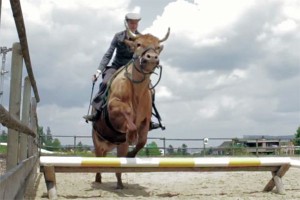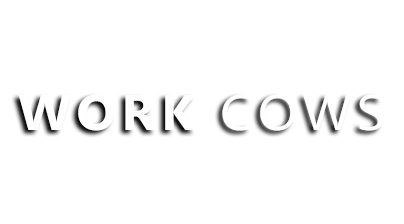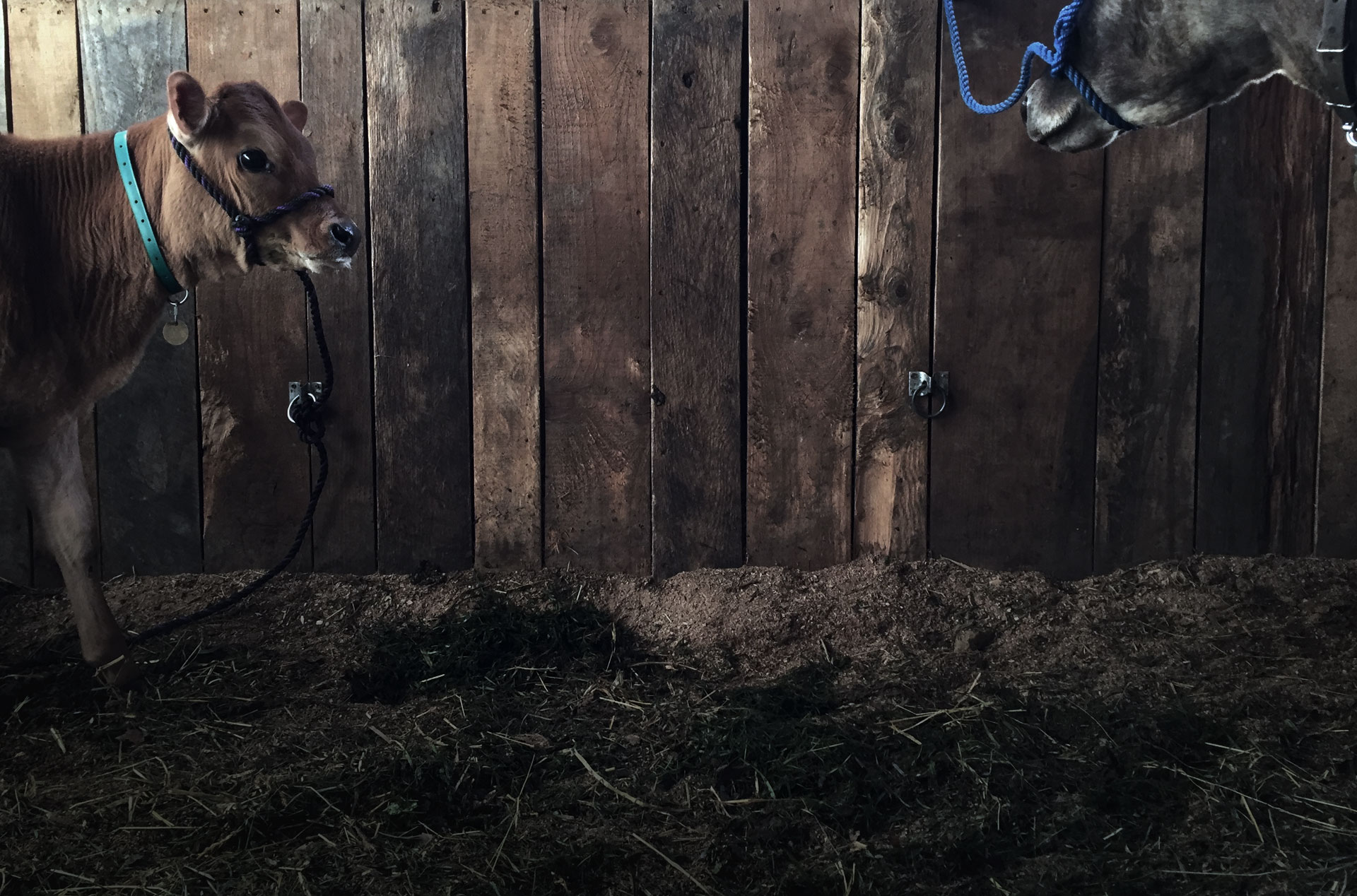01 Nov Riding Cows: Another Potential Use for the Family Cow
If you have a small farm or homestead with livestock, you probably already understand the value of the animals who share it with you. Many of these are probably working animals who contribute their labor for the good of the farm, such as herding dogs or livestock, guardian animals, like dogs or donkeys. While these animals are, no doubt, valuable additions, you may be overlooking the one creature most suited for multiple, productive uses on the farm – your family cow!

Photo/Video by Rivellade
Milk, Meat and So Much More
If you are like most cow owners, you already depend on your faithful bovine lady to provide you with delicious dairy products and an annual calf for beef or profit. However, if this is all you are getting from your relationship, both you and your cow are coming up short.
Cows, particularly the dairy breeds and dairy-beef cross breeds most often utilized for milk and meat in the small farm or homestead setting are particularly capable of being trained and adapted for many other uses, as well. Because most of these animals are already being handled and worked with two or more times each day, they likely already know basic commands and have a good foundation on which to learn more complicated ones.
Many of these animals can easily be trained to handle some of the labor needs on the farm. These include pulling carts and sleds, hauling logs and other items and providing the power required for some types of tilling, plowing and cultivating tasks necessary for the growth or harvesting of crops. While you may already know or even utilize your cows in these ways, your cow may be perfectly suited for yet another use, as well.
Riding Around on Your…Cow?
While riding cows may sound like a peculiar activity to you, the practice really is more common than you might first envision. Videos, such as this one from Switzerland, provide an excellent illustration of the potential for using cows in this manner.
In this short – less than five-minute clip – the trainer, Anna Wiltafsky, works with several animals, including steers and a milk cow, putting them through maneuvers that we might recognize as being more closely related to the training methods widely used for jumping or show horses.
The cows, much like well-trained horses, are alert, interested and respectful as they respond to commands ranging from rolling out rugs with their noses to jumping barriers with ease. In addition, many of the old taboos about cow behavior are clearly eschewed as we observe cows leading perfectly while tethered together and even climbing stairs with ease.
Helping Your Cow Become More Useful
If you find this video intriguing and wonder about unlocking your cow’s hidden potential, the first step is to instill and reinforce trust. Cows are prey animals, making them instantly wary of unfamiliar actions or situations. Gaining her trust will not be difficult, but it does take time and care.
To lay the groundwork for a more trusting relationship, take care to always:
- respond to her actions without becoming emotional or showing stress or agitation
- correct bad behavior gently, as it occurs, instead of allowing it to worsen
- develop and use the same commands each time you interact with her
- begin and end each training session pleasantly (our cows LOVE being groomed with a brush)
- train for short sessions one or more times per day, instead of longer, weekly sessions
In addition to gaining her trust, remember to take the unique needs of your cow into consideration before and during any training session. These needs include:
- body condition – a cow that is too fat or too thin may have stamina and performance issues that make this type of training more difficult, so work on correcting these issues before beginning any training program
- gestational stage – a cow that is carrying a full term calf should be excused from extensive work or training sessions for at least 3 weeks before and after calving to allow for her body to prepare for and recover from the delivery of her calf
- surrounding issues – cows are intensely curious about and often frightened by unusual activity, so in order to make her “bomb-proof” you must work to slowly incorporate loud noises, strange people and other animals into her training so that she learns to ignore this type of distraction
[/vc_column_text][/vc_column][/vc_row]

